Selaginella-got a favorite?
terrestrial_man
17 years ago
Related Stories

PRODUCT PICKSGuest Picks: Kids' Book Storage You've Got to Check Out
Keep little readers interested and books organized with 18 appealing ways to house all their favorite reads
Full Story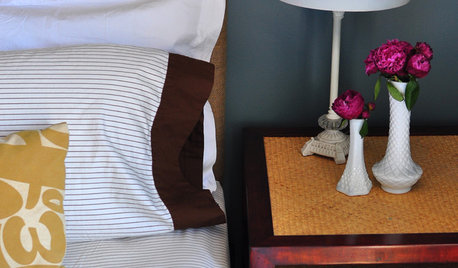
Call for DIY Projects: Show Us What You've Got!
Share a Pic of Your Handiwork with the Houzz Community
Full Story
WEDDINGSHow One Couple Got a Perfectly Intimate Backyard Wedding
Vintage pieces, natural materials and close family and friends are an ideal combination for a Pittsburgh couple
Full Story
ENTERTAININGGot Hand-Me-Down Dinnerware? Make a Memorable Meal
They might be mismatched and not your style, but those inherited plates and forks can help bring meaning to your table
Full Story
REMODELING GUIDESHave a Design Dilemma? Talk Amongst Yourselves
Solve challenges by getting feedback from Houzz’s community of design lovers and professionals. Here’s how
Full Story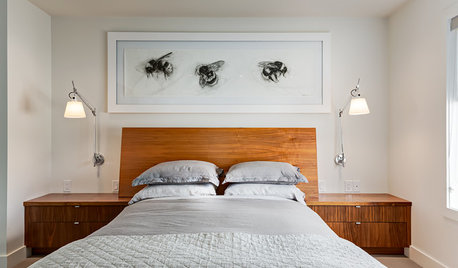
BEDROOMSNew This Week: 3 Bed, Nightstand and Wall Combos You’ve Got to Try
Whether you prefer moody, minimalist or sunny, these 3 bedrooms uploaded to Houzz recently are exercises in stylish harmony
Full Story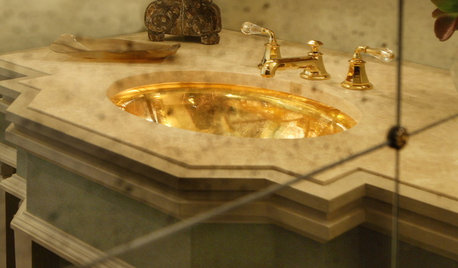
GLAM STYLEWe've Got a Golden Ticket
Make that 9, actually. These winning rooms use glimmers of gold in designs that may make you gasp in delight
Full Story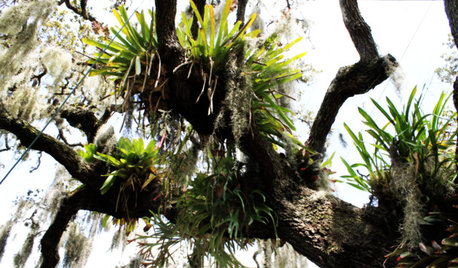
GARDENING GUIDESGot a Hot, Humid Landscape? Add Tropical Flair With Air Plants
Turn tree trunks and walls into lush canvases with plants adapted to the canopies of the rainforest
Full Story
PRODUCT PICKSGuest Picks: The Kid’s Got Game!
Make a young football fan feel like a star with a fun bedroom done up in MVPs (Most Valuable Pieces) from the field
Full Story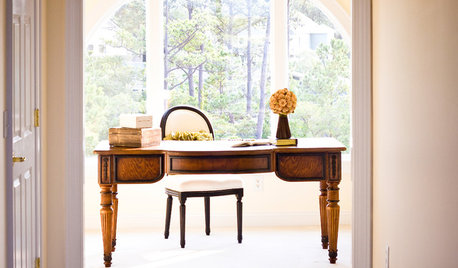
HOUSEKEEPINGGot a Disastrously Messy Area? Try Triage
Get your priorities straight when it comes to housekeeping by applying an emergency response system
Full StorySponsored






treehaus
harrywitmore
Related Professionals
Barrington Hills Landscape Architects & Landscape Designers · Cottonwood Landscape Architects & Landscape Designers · Surprise Landscape Contractors · Columbine Landscape Contractors · Dixon Landscape Contractors · Hurricane Landscape Contractors · Oviedo Landscape Contractors · Pompton Lakes Landscape Contractors · Tewksbury Landscape Contractors · West Haverstraw Landscape Contractors · Antioch Landscape Contractors · Oxon Hill Landscape Contractors · South Pasadena Roofing & Gutters · Coronado Roofing & Gutters · Alvin Decks, Patios & Outdoor Enclosuresterrestrial_manOriginal Author
harrywitmore
razorback33
terrestrial_manOriginal Author
harrywitmore
arauquoia
terrestrial_manOriginal Author
yarthkin
botanica3_cox_net
lycopus
knousejohn
knousejohn
knousejohn
arauquoia
theterrestrialman
knousejohn